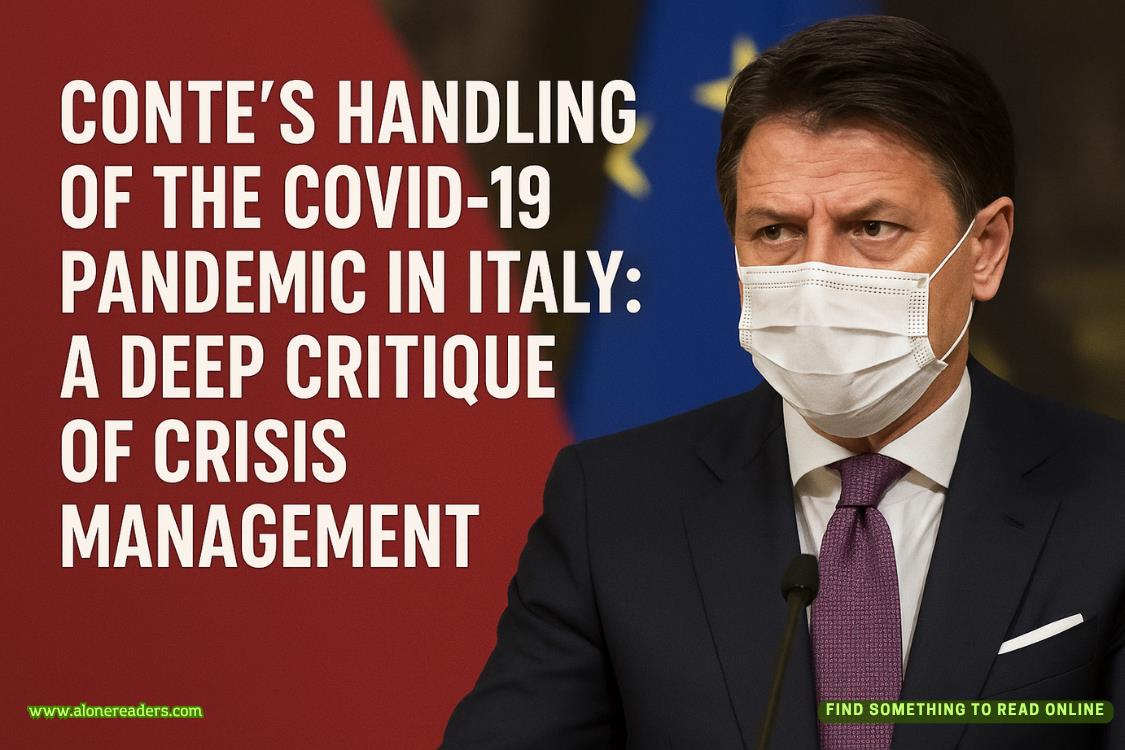Page 23 of The Curse of Ill-Gotten Gains
She stared at it for a moment. With one fingertip, she pressed the cover closed, but when she raised her hand, the cover sprang up again. “Hmm.” She picked up the book and studied the page at which it seemed to want to open. “What’s this?” Holding the book close to her glasses, she examined the inner spine. “A page has been torn out.” She lowered the book and ran a fingertip gently along the groove between the pages. “And quite recently, too. The edge is still firm and crisp. If time had passed, it would have softened.”
“Let me see.” Stokes held out his hand, and she gave him the book. He studied it, then passed it to Barnaby. Stokes nodded at Penelope. “You’re right.”
“So…” She narrowed her eyes in thought. “We know the study was searched before we arrived, possibly in the hour or so after Monty was killed.” She looked at Stokes and Barnaby. “Are we thinking it was the killer who did the searching?”
“Given the evidence of this book, that seems likely,” Barnaby said, “regardless of whether the searching was done before or after the murder.”
“So,” Penelope went on, “the question, then, is, was it the killer who tore out the page? Presumably because that page referred to him or her.”
Stokes looked stern. “That’s very cold-blooded and calculated. To find the book but only remove their entry and, presumably knowing that others here, at the house party, are listed in the pages and therefore also victims, put the book back and leave it for us to find.”
“That would be an effective way of sending us down the wrong track,” Penelope observed.
Stokes looked at her, then shifted his gaze to Barnaby. “Is that what happened here?”
“I hesitate to leap to conclusions,” Barnaby replied, “but based on what we’ve thus far uncovered, the murderer leaving the book in order to mislead us seems plausible.”
“The alternative,” Penelope said, “which, in fact, is equally likely, is that Monty himself tore out that page because whoever was listed on it has died or left the country or for some other reason is no longer a viable victim.”
His frowning gaze fixed on the book, Stokes said, “As far as I can see, at present, there’s no way we can be sure who tore out the page. And if it was Underhill, then whoever was named on the missing page is not involved in this case.”
“Agreed,” Barnaby said. “But if it was the murderer who tore out the page…”
“That,” Penelope stated, “means that none of the victims still named in the book is the killer.”
“And,” Stokes grimly capped, “that one of the other guests is.”
He met Penelope’s then Barnaby’s eyes. “If he tore out the page, he’s definitely here, in the house, waiting and watching and expecting us to go after the other victims.”
CHAPTER 4
They’d aimed to commence their interviews at the acceptable hour of ten o’clock. Now, however…
“Having unearthed a motive as well as several potential suspects among the guests, we need to rethink our approach.” Barnaby met Penelope’s eyes. “We have to move carefully so we don’t impugn anyone’s reputation unjustly.”
“We also don’t want to give this murderer any hint of what we’re thinking,” Stokes added.
Penelope nodded decisively. “We should make a plan tailored to elicit answers to the questions we have now. After finding Monty’s little black book.”
Stokes glanced around. “My first suggestion is that this room isn’t best suited to our purpose. The lighting’s dim, and it’s too cramped to put people at ease. We want people relaxed enough to talk freely.”
“Agreed.” Barnaby met Penelope’s eyes. “The library will be a better venue.”
Penelope nodded. “It will also be seen as more in keeping with our guests’ social standing.”
Barnaby dispatched the footman, who had been waiting in the corridor, to fetch Constable Walsh and Gearing.
After leaving Walsh on guard in the study, they followed Gearing to the library, which lay on the opposite side of the hall from the drawing room at the front of the sprawling house.
They walked into the library, halted, and surveyed the space. The chamber was as large as the drawing room and offered several groupings of comfortable chairs. A cluster comprising a leather-covered Chesterfield sofa and four matching armchairs faced the fireplace, which was located in the center of the long inner wall, opposite the windows overlooking the forecourt. Nearer to hand sat another group of three armchairs, mirrored by a similar setting at the far end of the room. The long inner wall and both side walls hosted numerous glass-fronted or open-shelved bookcases, all well stocked with leather-bound tomes interspersed with porcelain vases and statuettes, while the wall broken by the windows sported occasional tables in the gaps between the windows. The tables displayed several busts, a sextant, and an armillary sphere.
Angled before the far inner corner of the room sat a handsome rosewood desk. Although the desk bore a crystal pen-and-ink set, its pristine leather-edged blotter suggested the placement was more for ornamentation than use. The beautiful inlays and rich patina of the desk’s panels underscored that conclusion.
With a smile, Penelope turned to Gearing. “This will do admirably.”
“Very good, ma’am. Please inform me if you have any further requirements.” Gearing added, “Lady Pamela made it clear that the staff are to do everything we can to assist the investigation.”
“That was helpful of her.” With a nod, Penelope dismissed Gearing. He retreated, and as the door shut behind him, she turned to Barnaby and Stokes. “I suggest we appropriate some armchairs”—she waved to the grouping farther down the room—“and conduct our interviews in a more conversational setting.”















